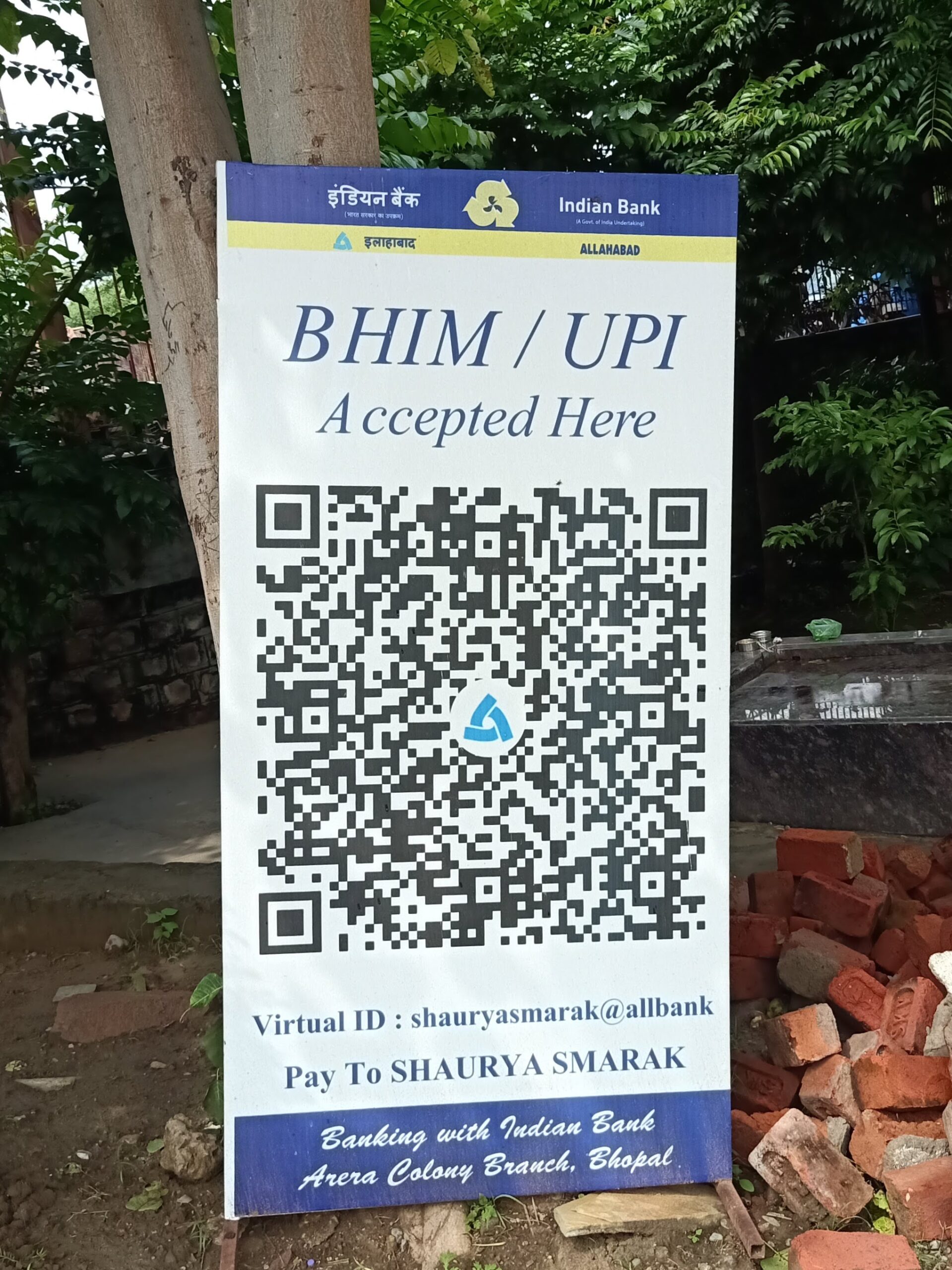New Delhi, India – India is actively engaging in discussions with several South American and African nations to expand the reach of its Unified Payment Interface (UPI) and RuPay cards as versatile payment solutions.
The Reserve Bank of India (RBI) and the National Payments Corp. of India (NPCI) are now in negotiations with several nations, high commissions, and embassies to allow this growth, according to a senior government official who spoke on Tuesday under the condition of anonymity.
The objective of these discussions is to internationalize UPI and RuPay, making them globally recognized and accessible payment platforms. As India continues to strengthen its economic ties with countries across the world, these negotiations are at various stages, reflecting the country’s commitment to enhancing financial inclusivity and digital payment capabilities on a global scale.
The development of India’s Unified Payment Interface (UPI) and the creation of business alliances amongst payment platforms were said to be the subjects of negotiations India was having with various African nations, including Namibia, Mozambique, and Kenya, earlier in August. Ritesh Shukla, the international chief executive of NPCI, which spearheaded the development of UPI, expressed optimism that the number of countries adopting UPI would double within the next 12 to 18 months.
“The Indian government has set specific goals for promoting and internationalizing RuPay and UPI,” the official stated, emphasizing the intent to transform these payment systems into global products. In a remarkable milestone for UPI, India recorded over 10 billion transactions in August, highlighting the platform’s growing popularity and effectiveness.
Meanwhile, the Reserve Bank of India (RBI) stands on the brink of ushering in a new era by introducing a wholesale central bank digital currency (CBDC) into the dynamic interbank borrowing market, with a particular focus on the call money market. This strategic maneuver seeks to revolutionize liquidity management among banks, emphasizing short-term interbank lending as the linchpin for financial agility. In the interbank call money market, tailored for mammoth financial entities like banks, mutual funds, and corporations, the stage is set for borrowing and lending at highly competitive interbank rates.
Speaking to this groundbreaking development, an official stated, “Wholesale CBDCs provide an experimental playground for a wide array of innovative technologies, including the revolutionary concept of CBDCs serving as tokens for call money settlements.” This forward-thinking approach affords the flexibility to explore and refine cutting-edge technology within the realm of wholesale CBDC pilot programs.
Notably, the RBI embarked on a pivotal journey last year, commencing pilot tests of CBDCs in both the wholesale and retail segments. The central bank is now poised to amplify this momentum with grand aspirations of scaling CBDC transactions to an astonishing one million daily transactions by the culmination of 2023, following an impressive tally of over 25,000 CBDC transactions recorded by July.
These CBDC pilot initiatives serve a pivotal role in comprehending the multifaceted benefits, risks, and potential repercussions on pivotal aspects like bank deposits and monetary policy. The visionary pursuits underway underscore their profound significance in shaping the future contours of India’s digital financial landscape.
Conclusion
India’s proactive efforts to expand the reach of the Unified Payment Interface (UPI) and RuPay cards on the global stage are indicative of the country’s ambition to become a key player in the digital payments arena.
With discussions underway with South American and African nations, India is not only seeking to foster international partnerships but also aiming to make UPI and RuPay globally recognized payment solutions.
The recent milestone of 10 billion UPI transactions in August underscores the popularity and effectiveness of these platforms within India.Additionally, the Reserve Bank of India’s intentions to roll out a wholesale central bank digital currency (CBDC) underscore their dedication to investigating innovative approaches to improve liquidity management within the banking sector.
As India continues to lead the charge in the realm of digital payments, it sets a precedent for other nations looking to modernize their financial ecosystems. The future of digital finance is evolving, and India’s strategic initiatives are sure to play a pivotal role in shaping this landscape. With ambitious targets for CBDC adoption and a growing network of international partners, India is poised to leave a lasting impact on the global financial stage, ushering in an era of seamless, secure, and efficient digital transactions.

